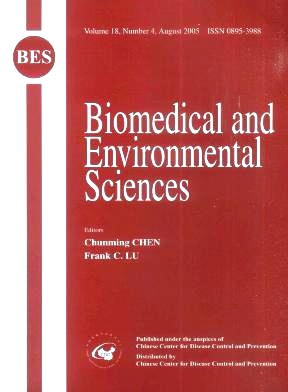Induction of Bladder Lesion by Terephthalic Acid and Its Mechanism
-
Key words:
- Terephthalic acid /
- Bladder /
- Uroliths /
- Hyperplasia /
- Sediment /
- Alpha 2μ-globulin
Abstract: Objective To provide more information for rational evaluation of potential risks of terephthalic acid (TPA), we studied the effects of TPA on rats' bladders in 90 days after TPA exposure. Methods Sprague Dawley rats were subdivided into five groups, ingesting 0 %, 0.04 %, 0.2 %, 1 %, and 5 % TPA respectively for a sub-chronic feeding study lasting for 90 days. Urine, serum and samples of brain, liver, lung, kidney, bladder, etc. Were collected and analyzed. Results TPA ingesting decreased the value of urinary pH, and increased the contents of Ca2+, Zn2+, Mg2+, Na+, K+ in urine. The volume of 24 h urine was significantly increased in male rats in the 1 % and 5 % TPA groups. Urinary white sediment was found in both sexes, and its formation in male rats seemed more susceptible than that in female rats. Alpha 2u-globulin (AUG) in serum and urine of male rats was markedly increased in a dose-dependent manner. Fifteen cases of hyperplasia (simple or atypical) were determined in the 5 % TPA ingesting group, 14/52 in male rats and1/23 in female rats. Among them 3 male rats had no stone or calculus. Those with either bladder stones or hyperplasia were accompanied with urinary white sediments. Conclusion White sediment accompanied with elevated urine AUG is the basis of TPA induced urolith formation, and is also associated with TPA induced bladder epithelialcell proliferation. It can act as an early biomarker for the potential toxic effect of TPA.
| Citation: | GUI-DONG DAI, LUN-BIAO CUI, LING SONG, REN-ZHEN ZHAO, JIAN-FENG CHENG, MEI-XIA LIU, JIAN-WEI ZHOU, HANG XIAO, XIN-RU WANG. Induction of Bladder Lesion by Terephthalic Acid and Its Mechanism[J]. Biomedical and Environmental Sciences, 2005, 18(4): 211-219. |







 Quick Links
Quick Links
 DownLoad:
DownLoad: